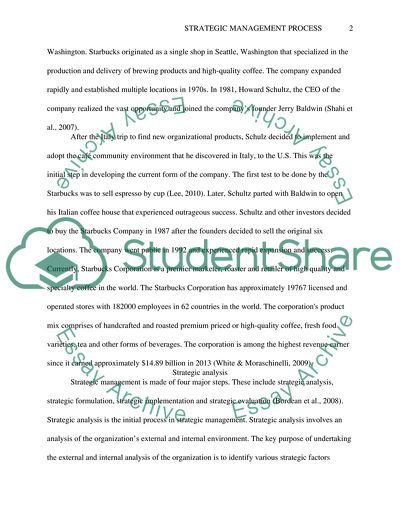Cite this document
(Strategic Management Process: Starbucks Corporation Case Study, n.d.)
Strategic Management Process: Starbucks Corporation Case Study. Retrieved from https://studentshare.org/marketing/1875252-marketing-stratigy-of-land-rover
Strategic Management Process: Starbucks Corporation Case Study. Retrieved from https://studentshare.org/marketing/1875252-marketing-stratigy-of-land-rover
(Strategic Management Process: Starbucks Corporation Case Study)
Strategic Management Process: Starbucks Corporation Case Study. https://studentshare.org/marketing/1875252-marketing-stratigy-of-land-rover.
Strategic Management Process: Starbucks Corporation Case Study. https://studentshare.org/marketing/1875252-marketing-stratigy-of-land-rover.
“Strategic Management Process: Starbucks Corporation Case Study”, n.d. https://studentshare.org/marketing/1875252-marketing-stratigy-of-land-rover.


